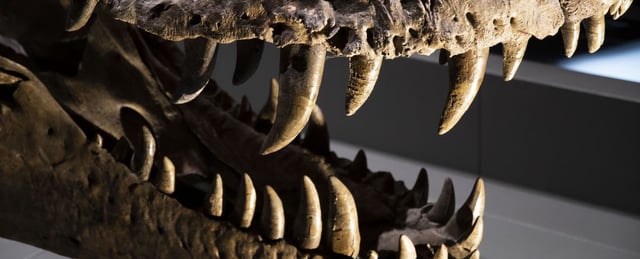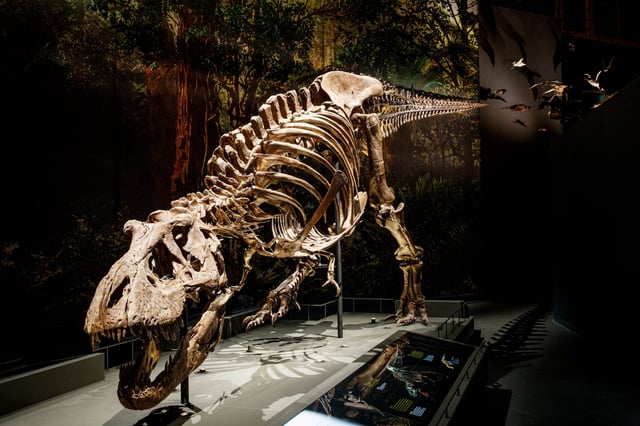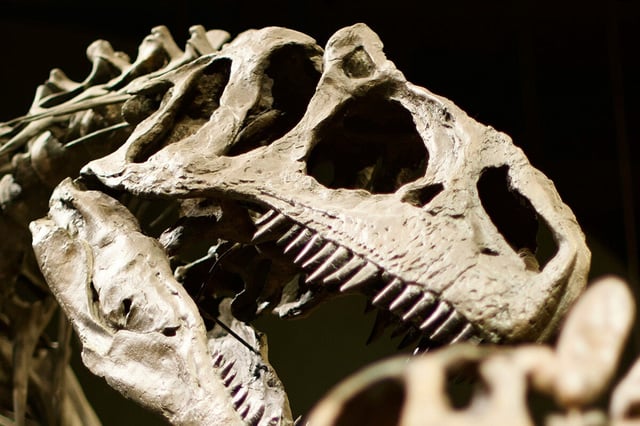Overview
- Triple oxygen isotope analysis of dinosaur tooth enamel directly reconstructed atmospheric CO2 concentrations of about 1,200 ppm in the late Jurassic and 750 ppm in the late Cretaceous
- The technique was validated on modern vertebrate enamel before being applied to fossil teeth up to 150 million years old, proving long-term preservation of ancient isotopic signals
- Anomalous isotope ratios in a Tyrannosaurus rex and a Kaatedocus tooth indicate transient CO2 spikes likely tied to flood basalt volcanic eruptions
- Published in the Proceedings of the National Academy of Sciences, the findings establish tooth enamel as a novel land-based proxy that complements marine carbonates and plant biomarkers
- Led by Dingsu Feng and Thomas Tütken, the research team now plans to apply the method to Permian-Triassic fossils to map greenhouse conditions during the 'Great Dying'


